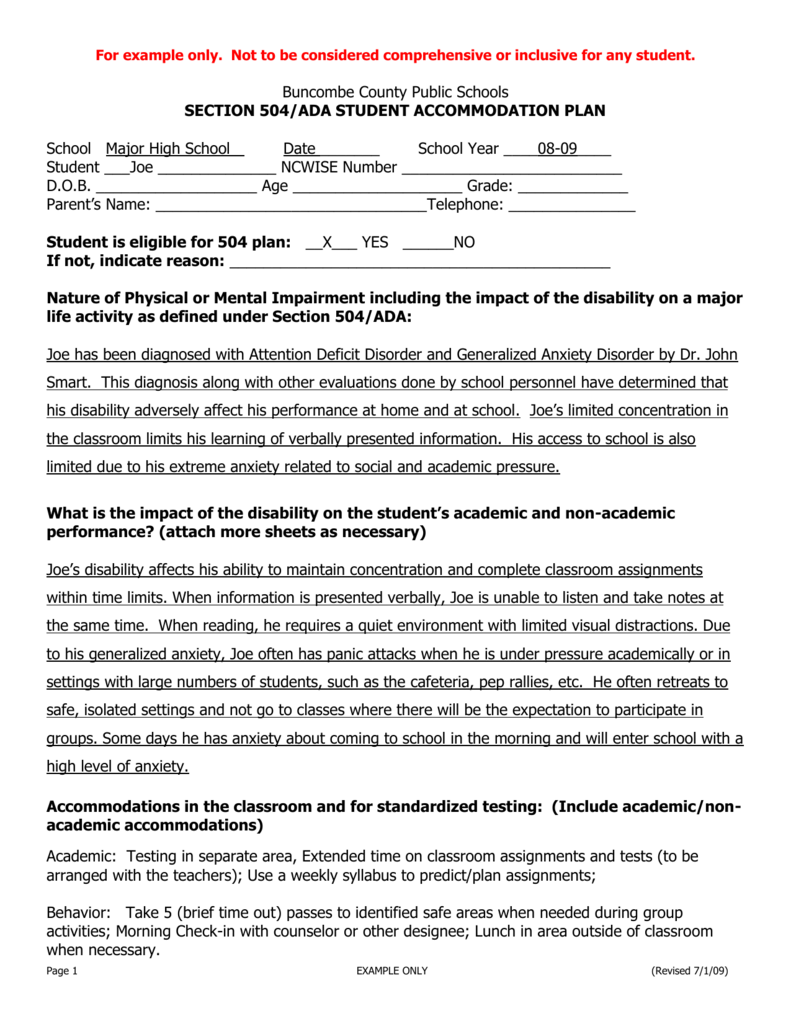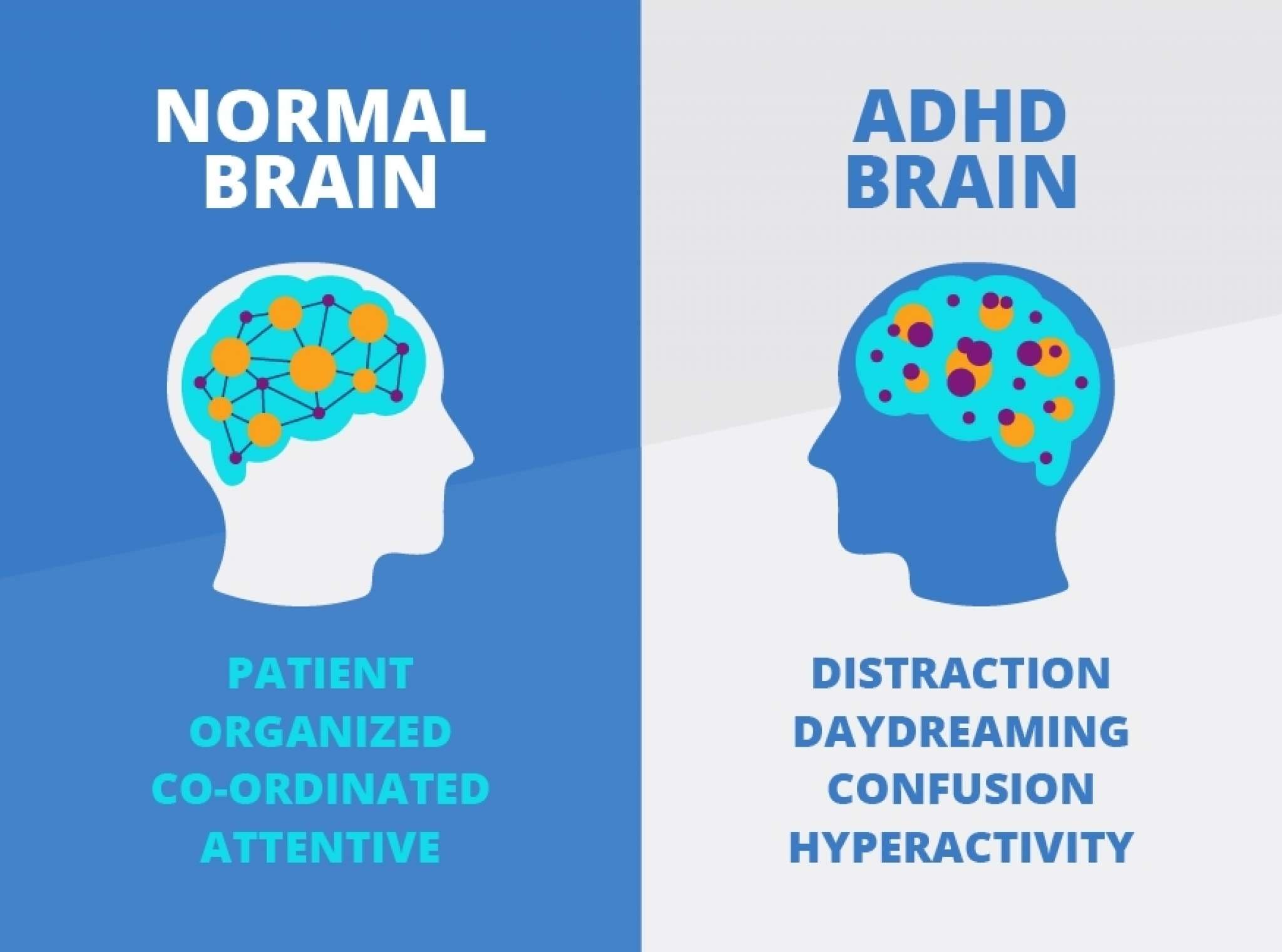

IEPs are available to students with one 13 specific criteria such as orthopedic impairments or intellectual disabilities. 504 plans are typically available to students with a broader range of disabilities, including attention deficit disorders. This might mean frequent breaks, a quiet test room, or something else - whatever helps the student fully participate at school. Some students have both, and some just have one or the other. An elementary school student demonstrates a pattern of behaviors across educational settings consistent with an attention deficit disorder. Some parents of ADHD students may wish to have formal accommodations written into a document that is often referred to as a 504 Plan (because it refers to. If a student qualifies for a 504 plan for anxiety, the school then puts in place supports and accommodations to help. Or an evaluation could mean something more formal. This may just mean a meeting to review a diagnosis and discuss the child’s performance in school. Having a medical diagnosis of an anxiety disorder may help a student qualify for a 504 plan, but it’s not automatic. And they protect the rights of kids with disabilities in school.

That covers any condition that limits daily activities in a major way. Understanding the differences between ADD and ADHD is crucial for accurate diagnosis and tailored treatment plans. School staff typically look at how the student’s anxiety impacts their school day or ability to complete work. 504 plans are formal plans that schools develop to give kids with disabilities the support they need. Often, if a child has ADHD or mild dyslexia, but doesn’t need an IEP, they will qualify for a 504 instead. Although children still need to qualify for a 504, the definition is broader than an IEP and more children qualify for a 504.

To put a 504 plan in place, the school must evaluate the student. This impairment can include reading, writing, concentrating, or more. The plan can allow for changes to their school or homework routine to help reduce or stop their anxiety from interfering. They also might get so anxious about doing homework correctly that it takes them much longer than it takes other students.Īny of these students might be able to get a 504 plan. 504 plans dont usually change what the child learns but IEPs can. Or they may be terrified by unexpected changes in their schedule. The support a child with ADHD receives at school will depend on if they meet the eligibility requirements for one of two federal plans funded by IDEA and Section 504: an individualized education program (IEP) or a 504 Plan. An IEP is a plan for specialized learning (for example, for dyslexia) or special education. Depending on the student, anxiety can meet this definition.įor example, a student might be so anxious in a crowded classroom that they can’t complete schoolwork. A disability can include any condition that substantially limits learning or another major life activity. To get a 504 plan, a student must have a disability. The 504 plan aims to remove barriers caused by the anxiety. A student may qualify for a 504 plan if anxiety gets in the way of the student participating at school.

Section 504 does not require that the parent be part of the team that creates the 504 Plan.Yes. The Individuals with Disabilities Education Act requires that parents be a part of the IEP process. So part of our discussion was understanding like, whats the difference between a 504 and an IEP because those are two different accommodation setups and making sure that her son has what he needs. If a student qualifies for an IEP, a 504 Plan is not needed. However, if a student with ADHD needs those same accommodations, but also needs reading support or specialized math instruction, she will probably qualify for an IEP to provide these services, as well as accommodations. If a student with ADHD needs accommodations, such as extended time on tests and a quiet testing location, but can manage the rest of her school work, chances are, she is a good candidate for a 504 Plan. To qualify for a 504 Plan, a student must have a disability that “substantially limits one or more major life activities” and does not require special education services. To qualify for an IEP, a student must be diagnosed with one of these disabilities and require special education and related services. An IEP provides a broader level of service and parental involvement than a 504 Plan, but is available only to students with specific disabilities (including “specific learning disabilities” and “Other Health Impairments”, which includes ADHD).


 0 kommentar(er)
0 kommentar(er)
